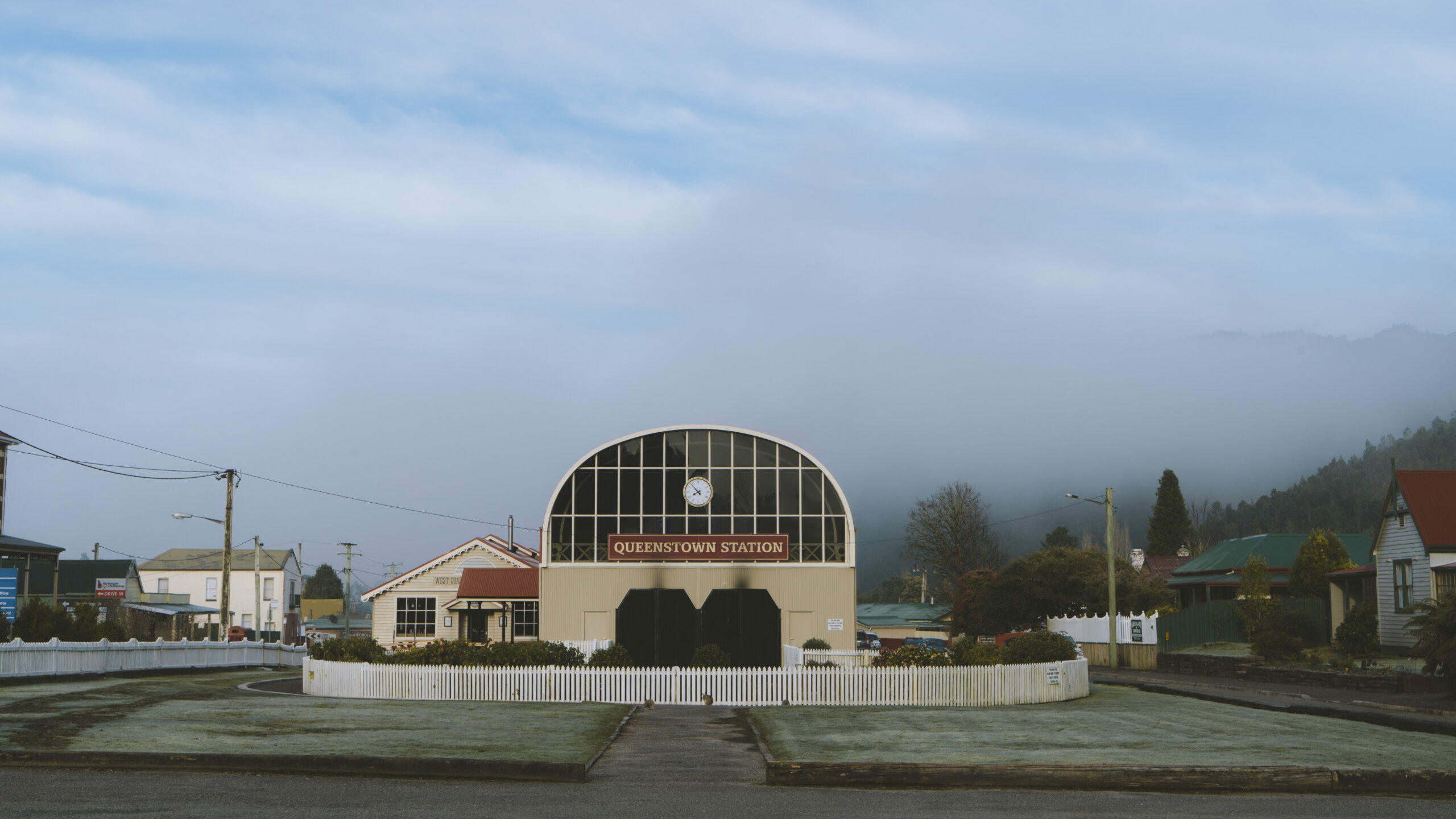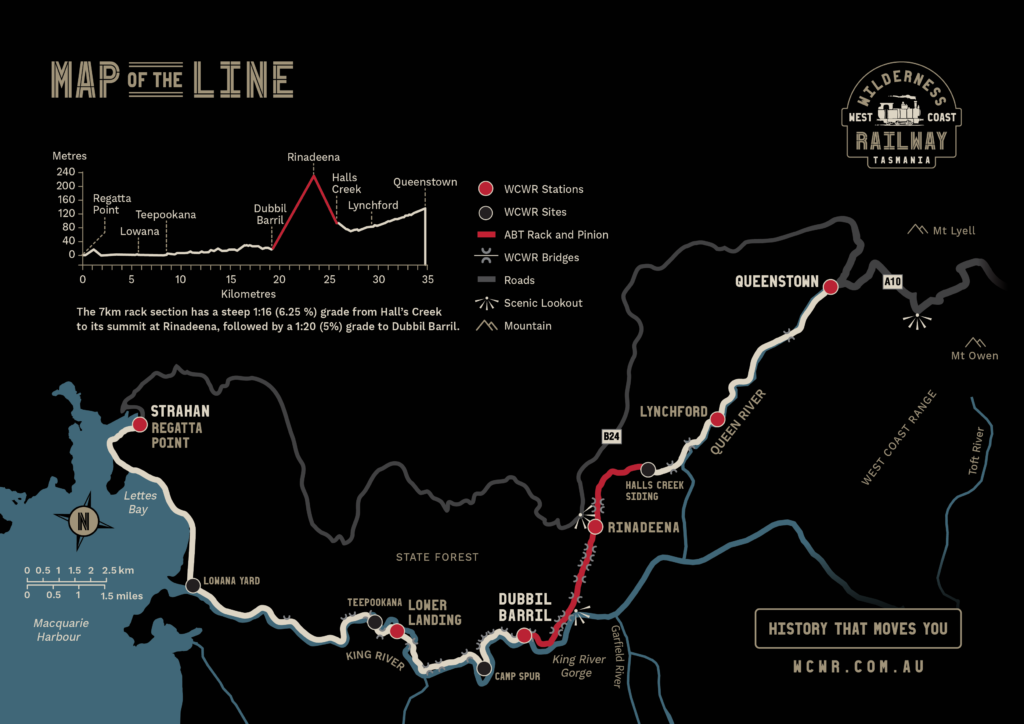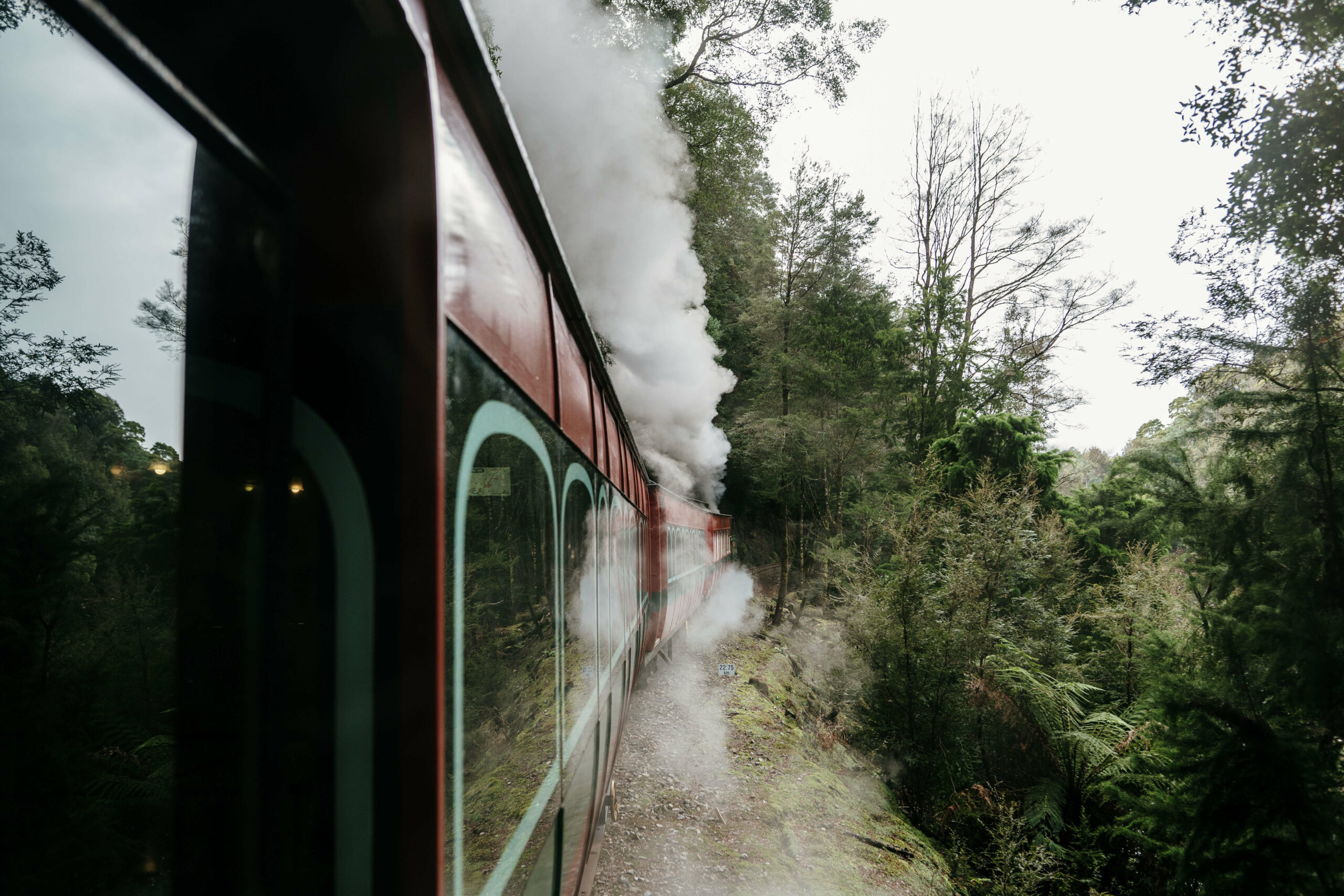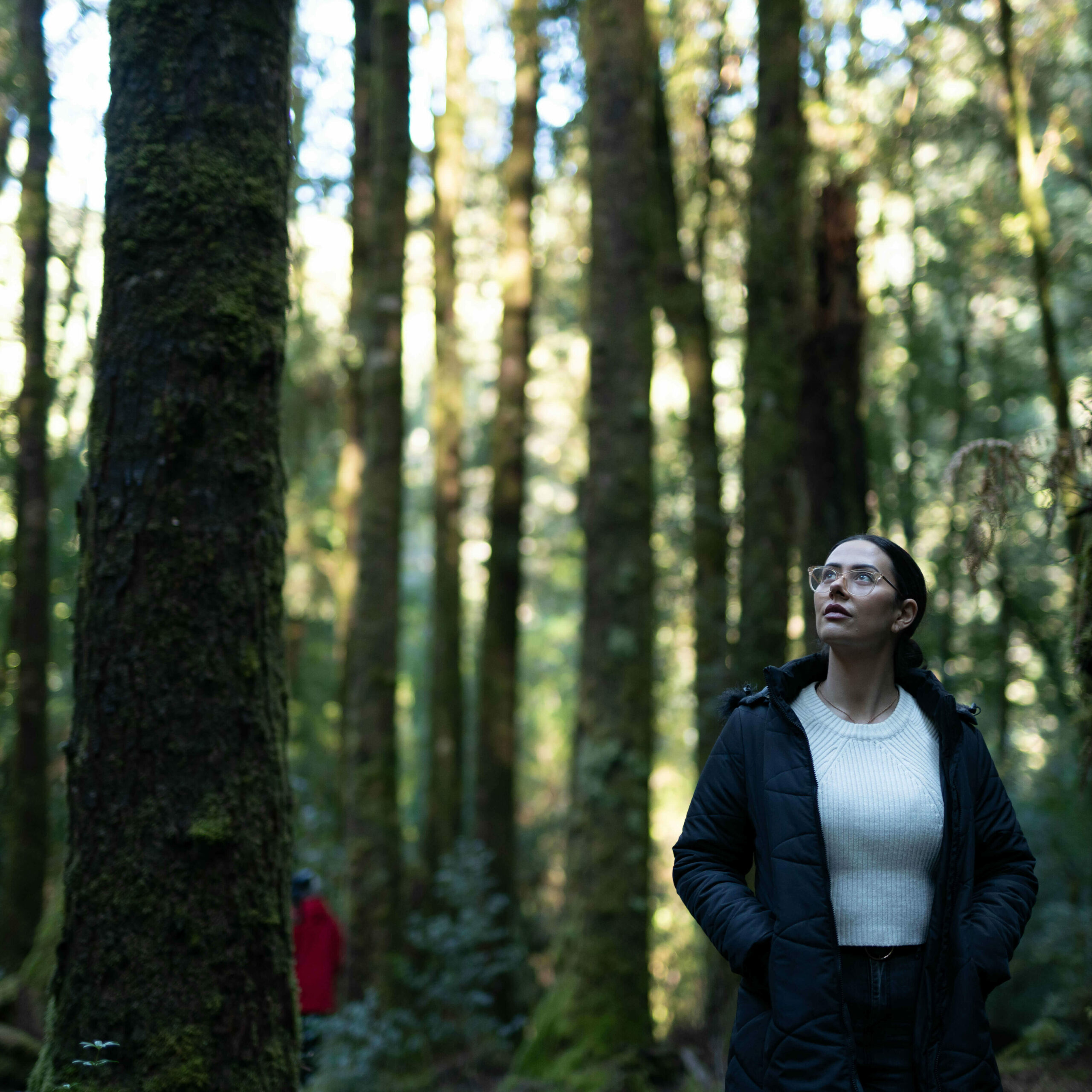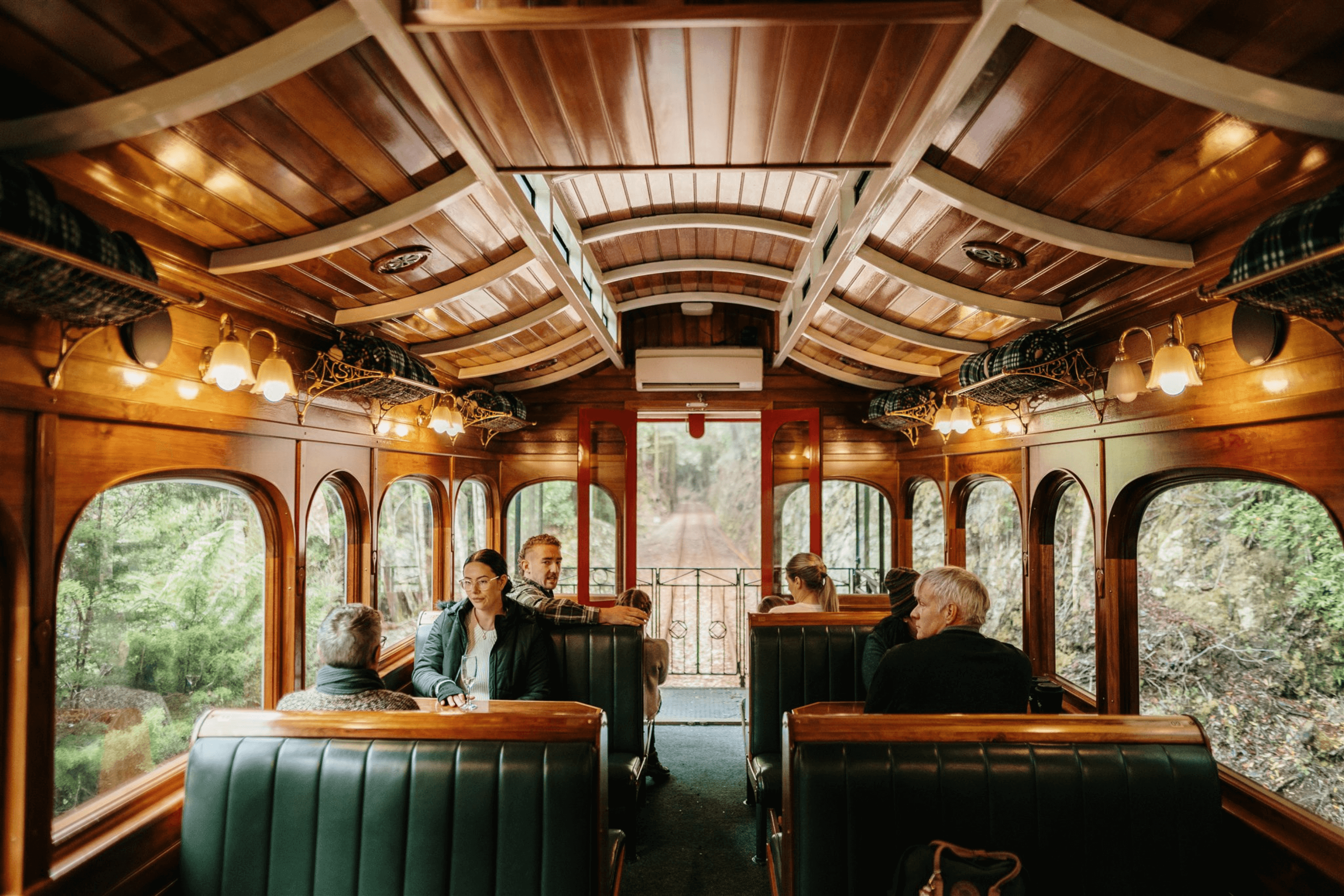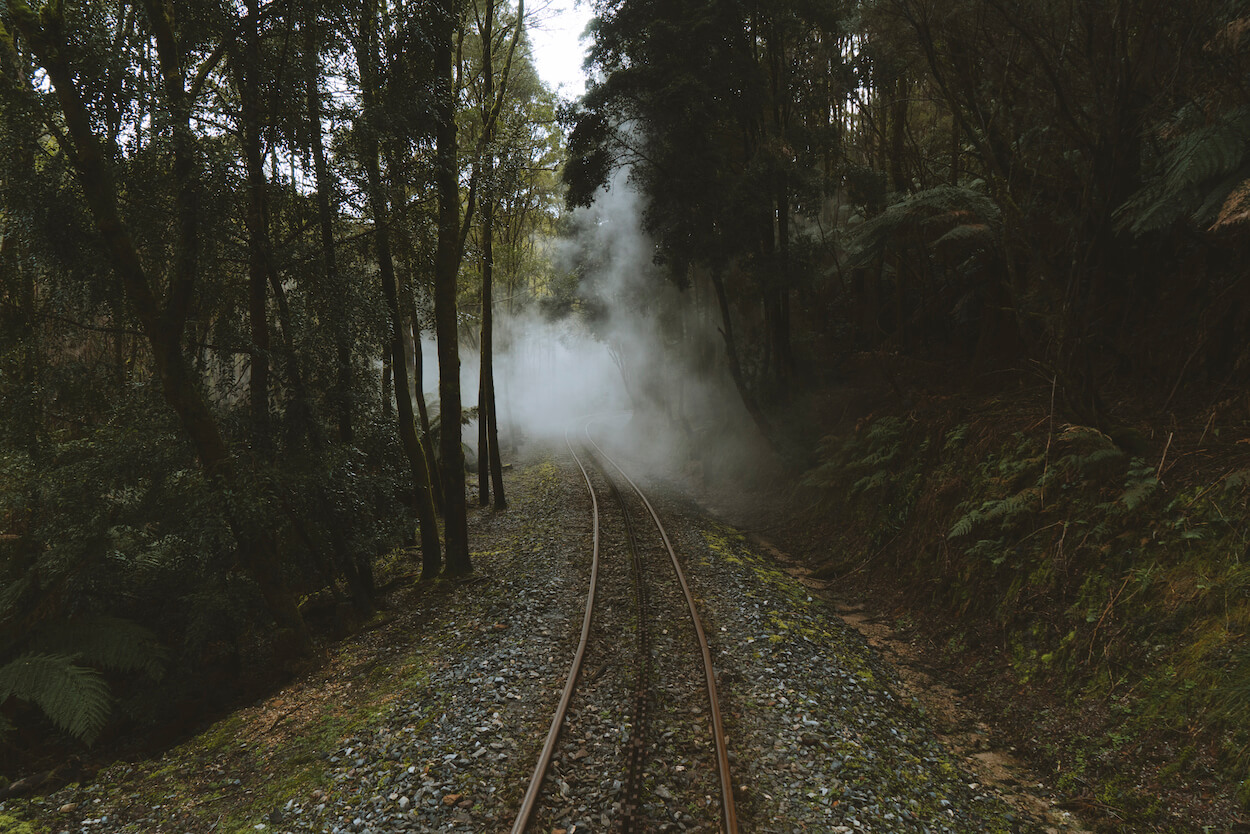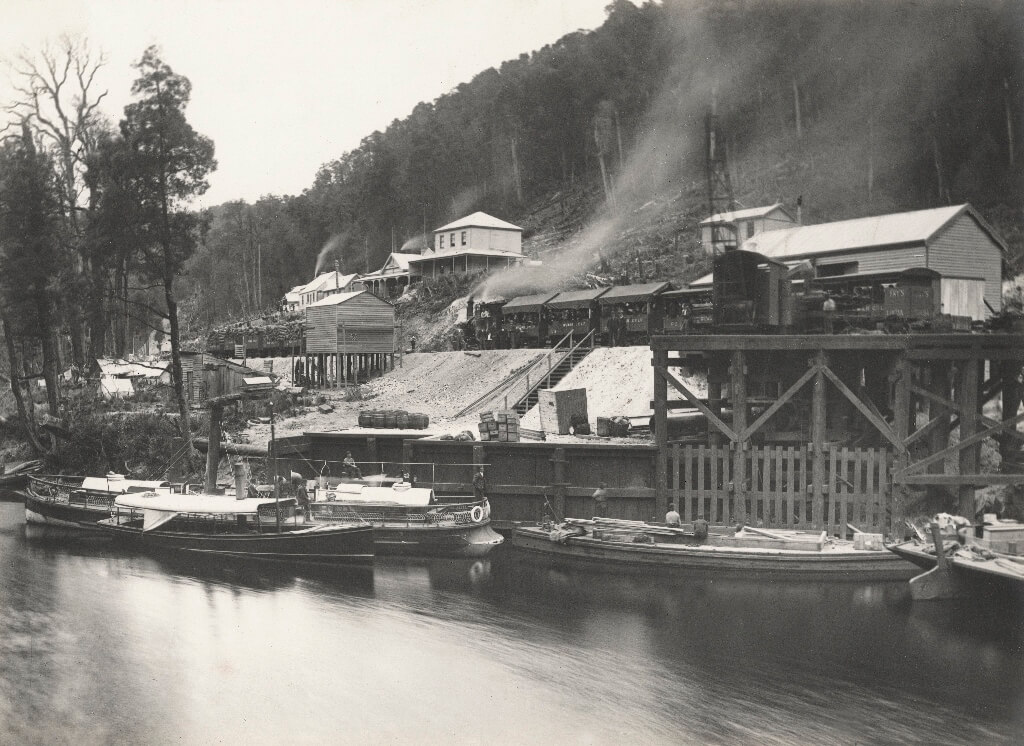REGATTA POINT STATION, STRAHAN
There’s plenty to see and do in Strahan, but even if you’re not jumping aboard a wilderness rail experience from here, we recommend you swing by. The Museum Room will give you a taste of our history whilst you might also enjoy browsing the range of locally crafted souvenirs, many of which are made by our own team.
Tracks on Point is a licensed café that is also housed inside Regatta Point Station and serves a popular range of burgers, shakes and pancakes – yum!
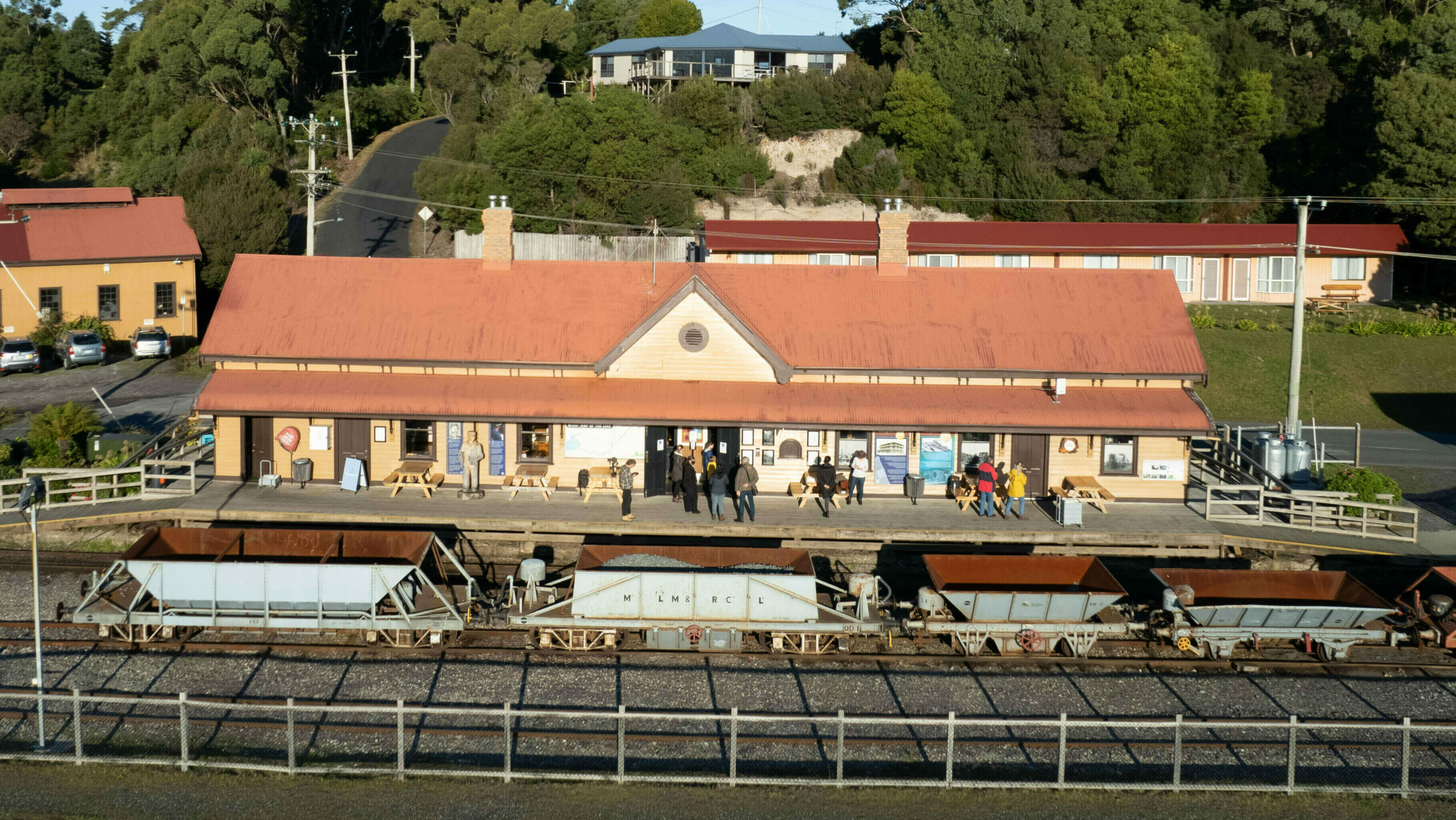
LOWER LANDING
This off-grid, remote wilderness station is powered by its own solar bank and diesel generators. It is the last remaining working station and the access point for timber workers undertaking reforestation works on the nearby Teepookana Plateau. Traditionally, it also sees an occasional influx of our tiniest passengers, several thousand bees and their hives, which are placed up around the Plateau to collect and make Leatherwood Honey when the season is right.
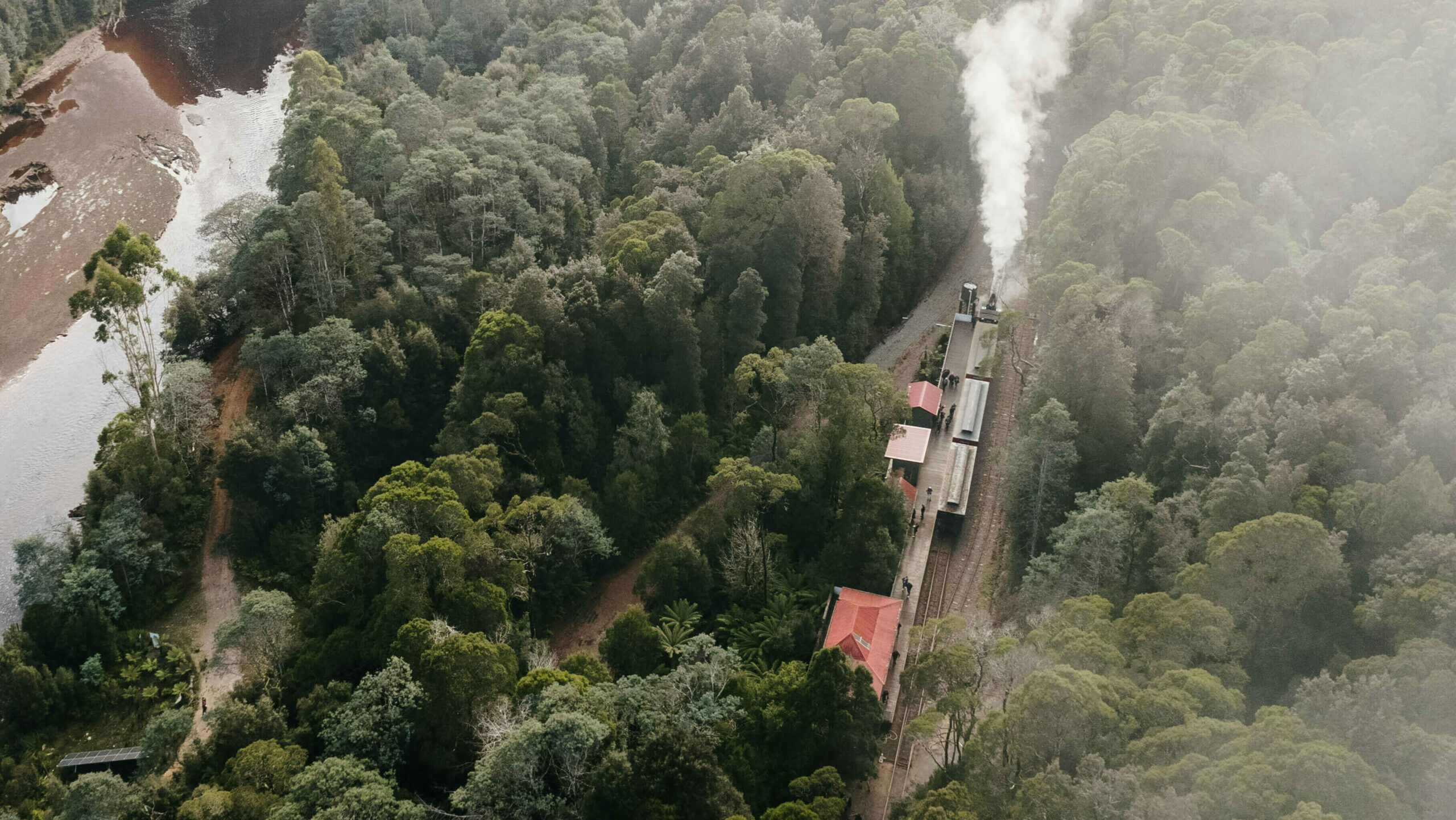
DUBBIL BARRIL
Another of WCWR’s off-grid stations powered by solar and a hydro unit located in the King River. Dubbil Barril is our central point and most remote of all our stations. As the turning point for our half-day tours, it is home to one of our manual turntables, as well as a short walking circuit that takes in the surrounding rainforest and heads down towards the bank of the King River.
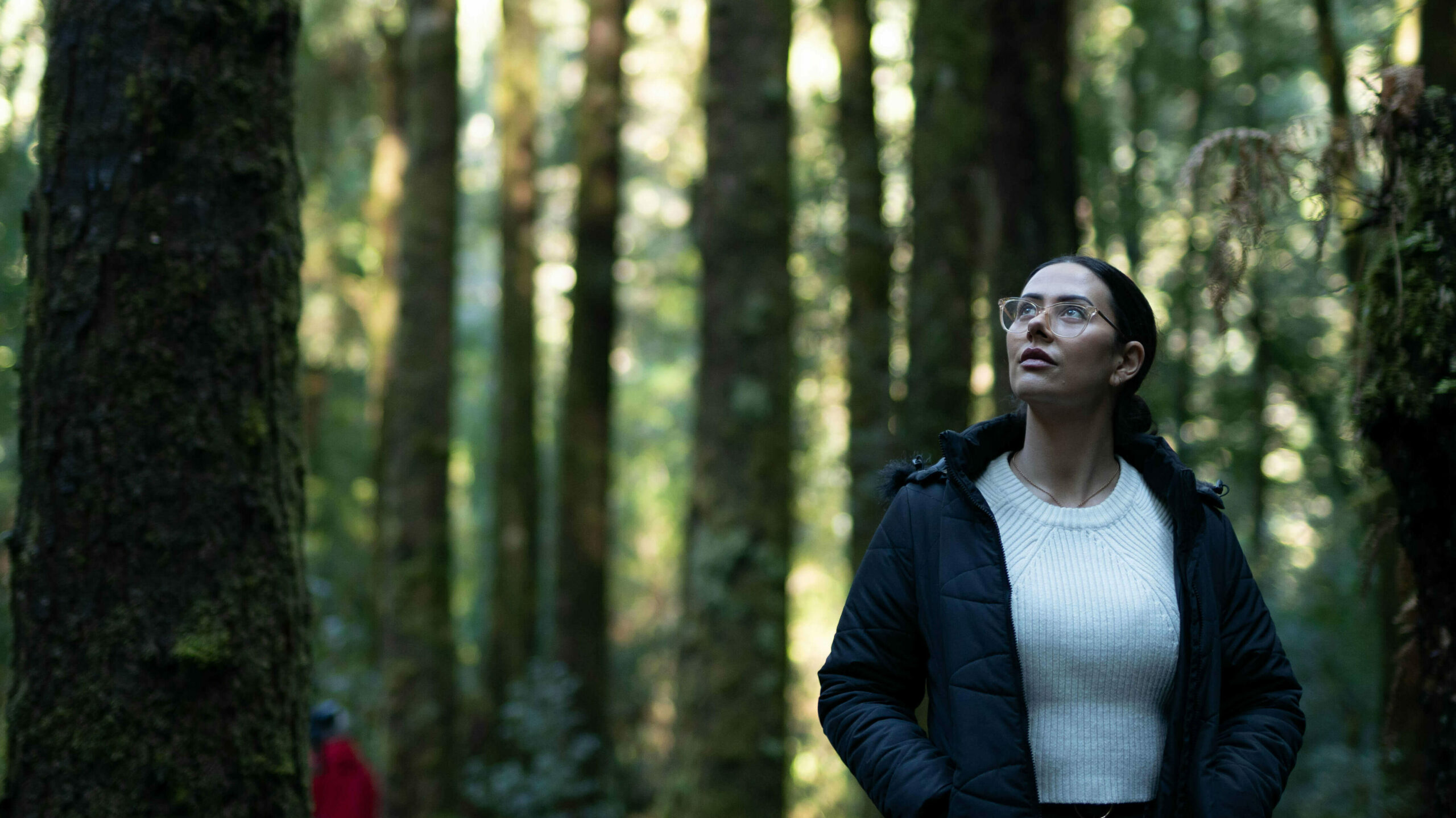
RINADEENA
The highest point along our 35-kilometre railway line, Rinadeena sits atop the Rinadeena Saddle. The slopes of this mountain were the catalyst for the adoption of the European Abt Rack and Pinion System back in the 1890s, which made this railway the revolution it is today.
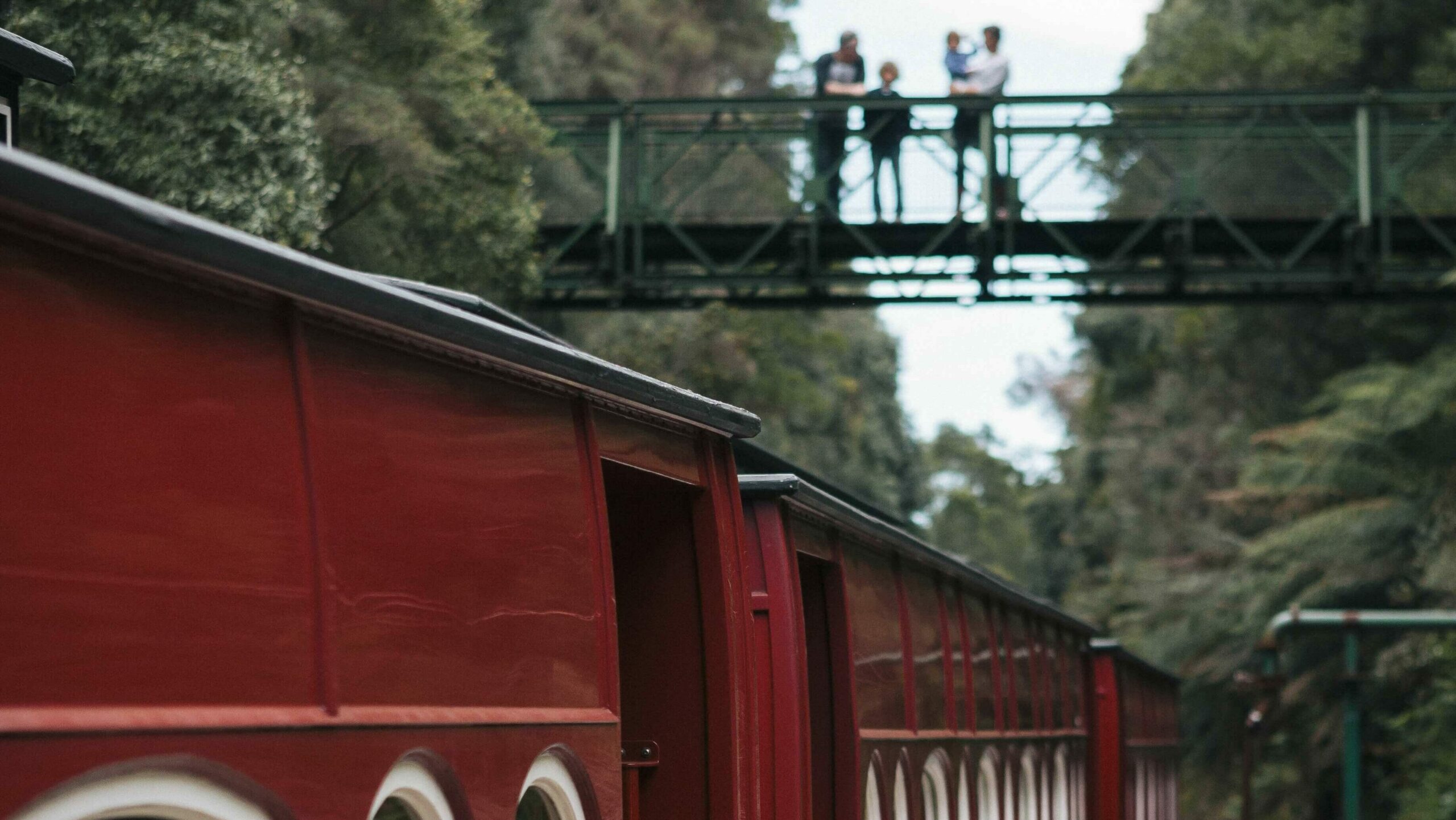
LYNCHFORD
The site of the now-lost town of Lynchford and named for Cornelius Lynch, who found gold nearby in the 1880s. Passengers stopping here can pan for gold at the panning tables or take a moment to explore the Pioneer’s Museum Room.
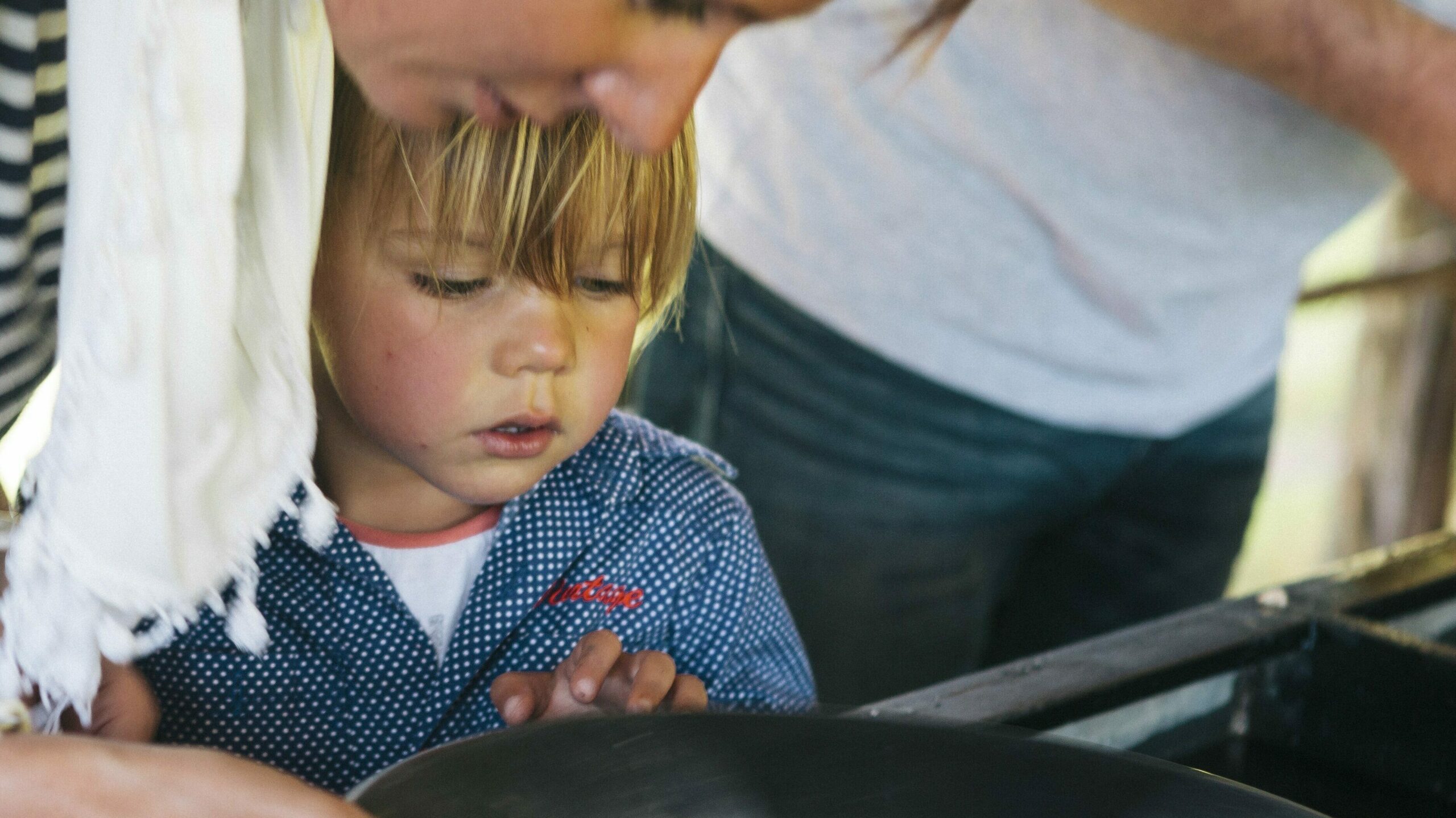
QUEENSTOWN
The largest town in the region, Queenstown is home of the West Coast Wilderness Railway and a mecca for mountainbikers, hikers and artists alike. Stop by the WCWR Museum, or pop into Tracks Café for a meal or glass of something cool.
